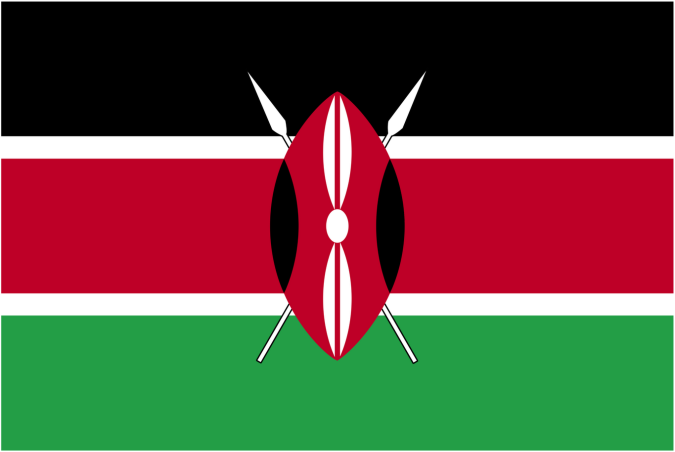KENYA: Mobile loans feel the pinch of new 20% excise duty

Borrowers of digital loans will bear the brunt of the 20 percent tax on fees and commissions earned on bank credit that took effect on July 1.
All or a significant portion of fees charges on mobile loans provided by KCB, NCBA (M-Shwari), Absa Kenya , Co-operative Bank and Equity are considered as facilitation fees.
This means that the entire loan or a huge proportion of it will attract the 20 percent fee, increasing the cost of mobile digital advances by a larger margin compared to ordinary bank credit.
Fees that attract the excise duty in a normal bank loan such as processing charges account for an average 1.5 percent of the overall lending rate, reflecting an additional tax equivalent to 0.3 percent.
But the additional tax is higher for a facility like M-Shwari whose 7.5 percent facilitation fees will see its duty charges increase by 1.5 percentage points, pushing the monthly cost of the product to nine percent.
“The cost of mobile loans will be higher compared to the normal loans because charges for digital products are dominated by fees,” said a CEO of one of the top banks who sought anonymity.
KCB in text messages to its customers on Friday afternoon said that loans advanced through the KCB M-Pesa will now attract a fee of 8.64 percent, up from 7.35 percent.
The NCBA Group said that all loan-related fees and commission will be subjected to the 20 percent excise tax, including M-Shwari and the overdrafts feature Fuliza — products the bank co-owns with Safaricom .
The increase of the loan fees comes a day after President Uhuru Kenyatta assented to the law returning the 20 percent tax on all fees and commissions, prompting banks to pass the increased cost to borrowers.
The excise duty on normal loan fees will see banks pay the Kenya Revenue Authority more than Sh7 billion annually, making credit costlier as lenders transfer the burden to borrowers.
But the taxman looks set to generate more from the digital loans because they generate bigger fees and are costlier than conventional credit.
Before the new tax, borrowers paid a facility fee of 7.5 percent for the M-Shwari loans, amounting to an annualised interest rate of 90 percent.
On Fuliza, the fee is 1.083 percent daily or 395.2 percent annualised, underlining the high cost of using the short-term credit services regularly.
The Central Bank of Kenya (CBK) quoted the average annual commercial bank lending rate at 12.08 percent in April.
The CBK will regulate monthly interest rates charged by the digital mobile lenders and borrowers’ non-performing loans if a proposed law before Parliament is adopted.
The regulator will, among other things, approve increases in digital lenders’ rates and other loan charges as well put a ceiling on non-performing loans at not more than twice the defaulted credit.
Tens of unregulated microlenders have invested in Kenya’s credit market in response to the growth in demand for quick loans. Their proliferation has saddled borrowers with high interest rates, which rise up to 520 percent when annualised, leading to mounting defaults and an ever-ballooning number of defaulters.
From having little or no access to credit, many Kenyans now find they can get loans in minutes via mobile phones. The push to control the activities of digital lenders comes nearly two years after Kenya removed the legal cap on commercial lending rates.
The cap, which was introduced in September 2016, slowed down private sector credit growth as commercial banks turned their backs on millions of low-income customers as well as small and medium-sized businesses deemed too risky to lend to.
The subsequent credit crunch triggered an appetite for digital loans, attracting unregulated microlenders to Kenya’s credit market.
SOURCE: BUSINESSDAILY AFRICA / JOHN MUTUA
 Africas leading resource for digital financial services
Africas leading resource for digital financial services


comments